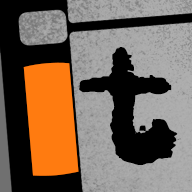Hi all,
I'm shooting a film on Monday which is an interview with someone, set in a front room. The room has large windows and so will have a good amount of natural light, however it can still be a bit dim, so I wanted to use some artificial lighting as well. In this situation, should I be adding blue filters to the lights to make the film appear as though it is balanced for daylight?
Many Thanks
I'm shooting a film on Monday which is an interview with someone, set in a front room. The room has large windows and so will have a good amount of natural light, however it can still be a bit dim, so I wanted to use some artificial lighting as well. In this situation, should I be adding blue filters to the lights to make the film appear as though it is balanced for daylight?
Many Thanks


